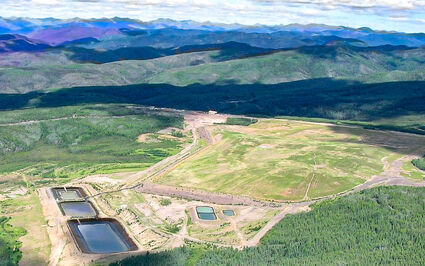More gold for Brewery Creek mine restart
New resources connect zones; drills target further extensions North of 60 Mining News – September 4, 2020
Last updated 9/26/2020 at 3:25pm
For access to this article please
sign in or
subscribe.









Reader Comments(0)